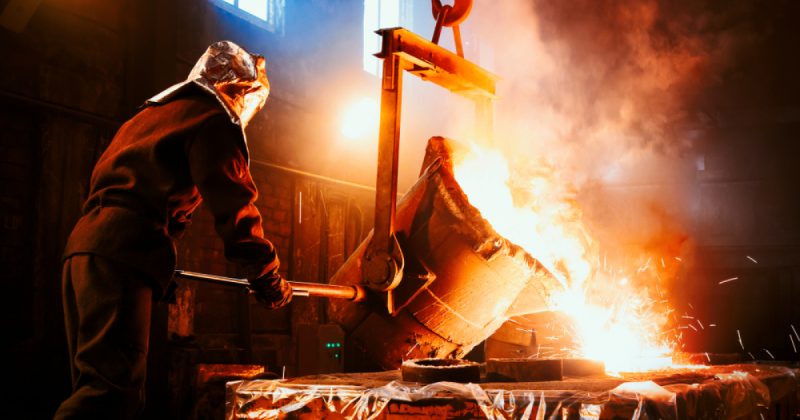
China Tightens Steel Capacity Rules to Balance Supply and Demand
China has introduced stricter regulations to control steel capacity and balance supply and demand in the sector. This follows the suspension of an earlier program in August 2024, which struggled to manage overcapacity and its impact on profitability. The new draft resolution from China’s Ministry of Industry and Information Technology aims to create a more sustainable steel production environment.
New Steel Capacity Rules: Striking a Balance
The new plan sets tougher guidelines for steelmakers. The government will restrict the addition of new steelmaking capacity in critical regions such as Beijing-Tianjin-Hebei, the Yangtze River Delta, and the Fengwei Plain. The plan also limits capacity transfers between regions with set production limits.
To further curb overcapacity, the government mandates that for every ton of new capacity, at least 1.5 tons of old capacity must be removed. This measure seeks to prevent excessive growth that has impacted profitability. The goal is to foster a more sustainable steel production environment by controlling expansion.
Shifting Focus Toward Sustainable Steel Production
Alongside these new rules, China pushes for greener steel production methods. The plan encourages the expansion of electric arc furnace (EAF) production and adoption of low-carbon technologies. Hydrogen metallurgy is also highlighted as a cleaner alternative to traditional methods. These steps align with China’s broader environmental objectives to reduce carbon emissions.
By modernizing existing plants and focusing on cleaner production, China seeks to lower its carbon footprint while boosting the steel sector’s competitiveness. This reflects the country’s commitment to long-term industrial sustainability.
SuperMetalPrice Commentary:
China’s new steel capacity regulations address the industry’s overcapacity issues head-on. The push for electric arc furnaces and hydrogen metallurgy supports global trends toward environmental sustainability. These changes will likely impact short-term steel production but offer long-term benefits such as reduced emissions and improved efficiency for China’s steel industry.
With the country lowering its 2025 production target, global steel markets could see supply fluctuations. Steel prices may adjust, especially in regions reliant on Chinese imports. Steelmakers outside China have an opportunity to benefit from a more balanced global market, but meeting China’s green production targets may redefine global steel industry standards.



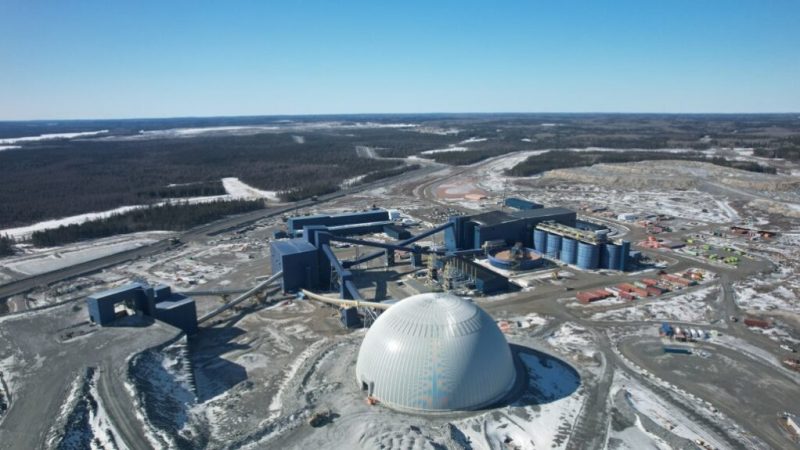
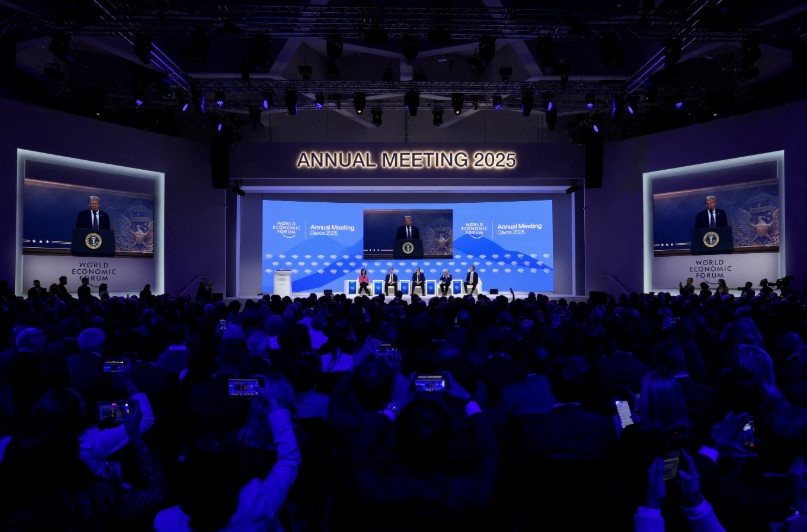
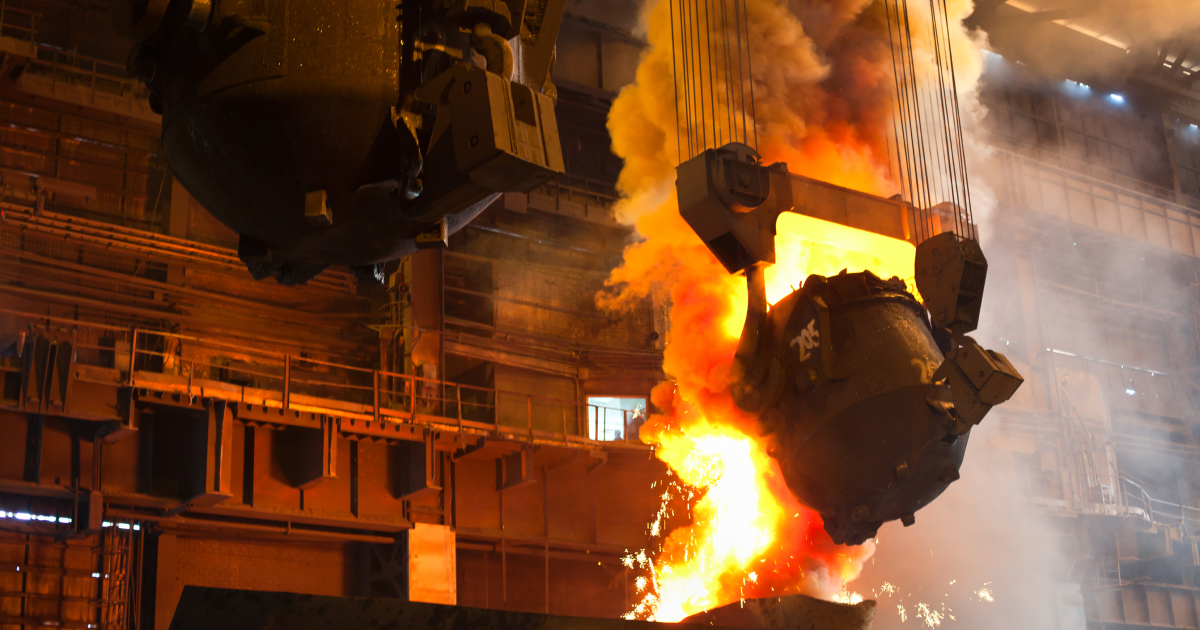



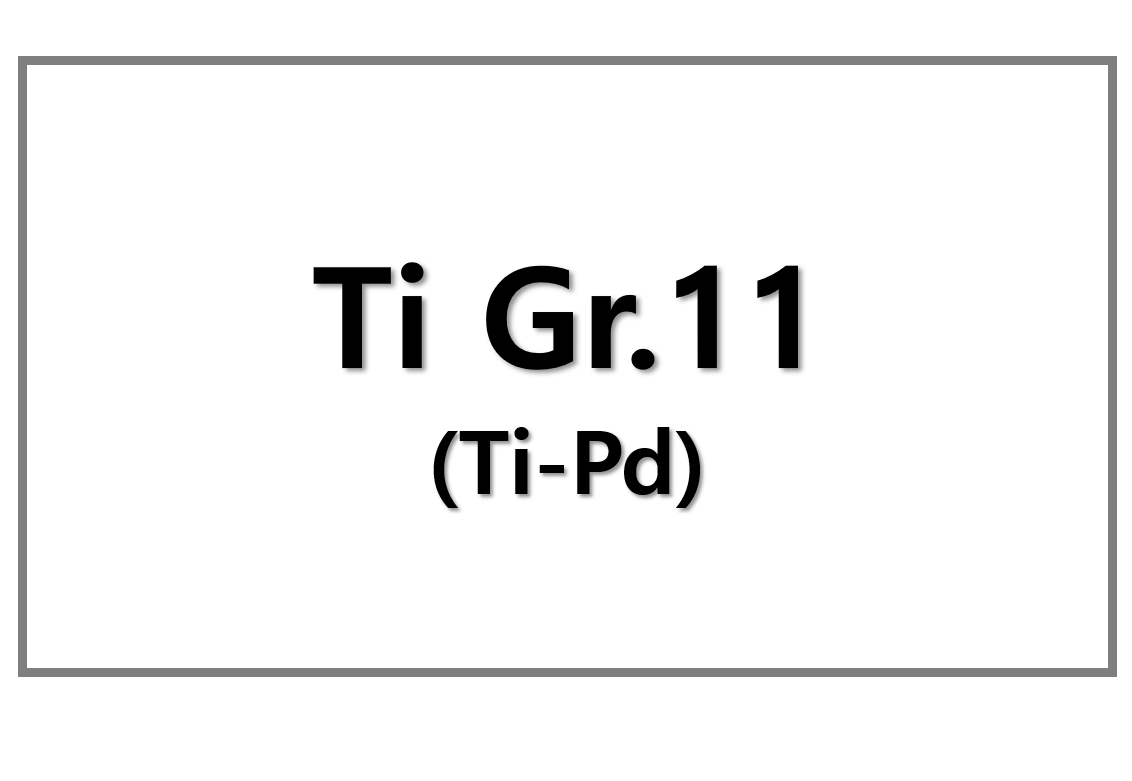

Leave a Reply
You must be logged in to post a comment.